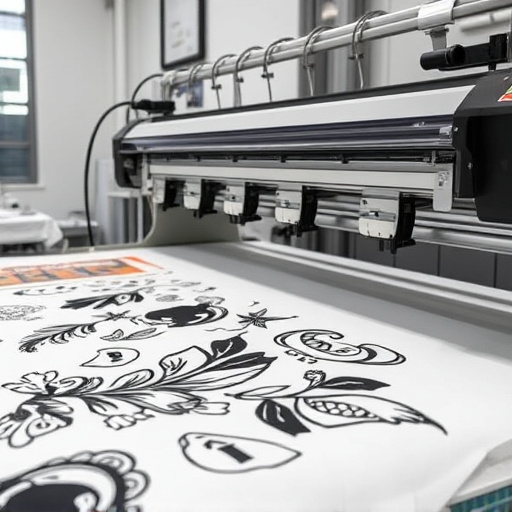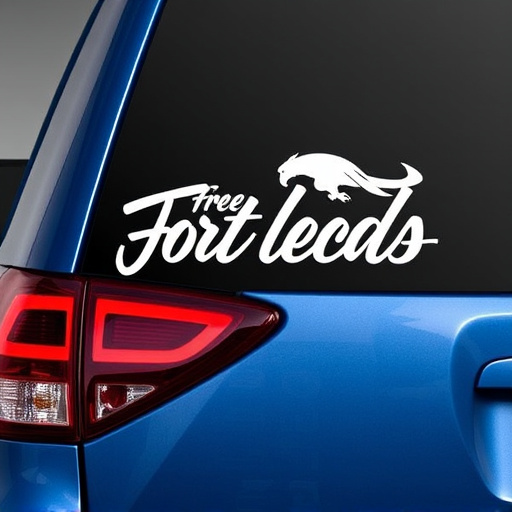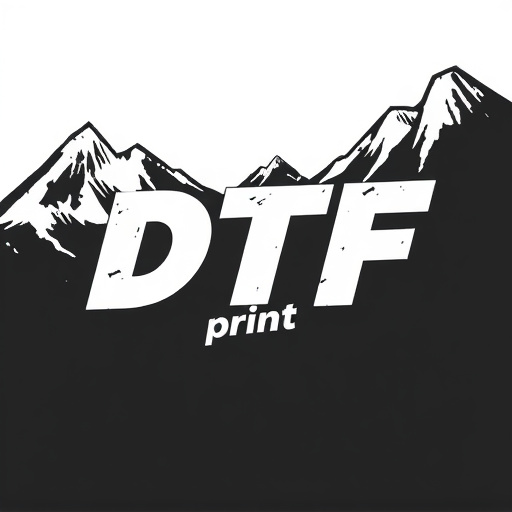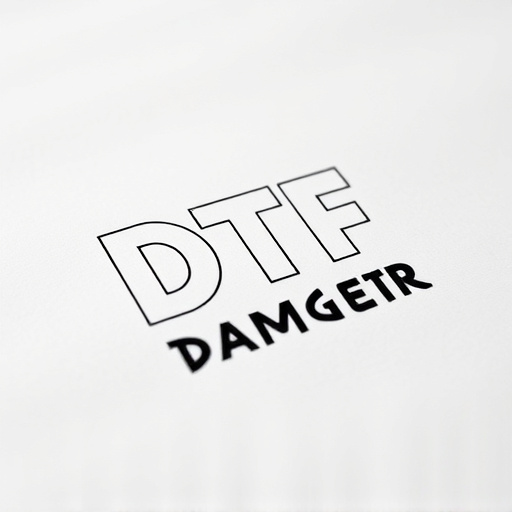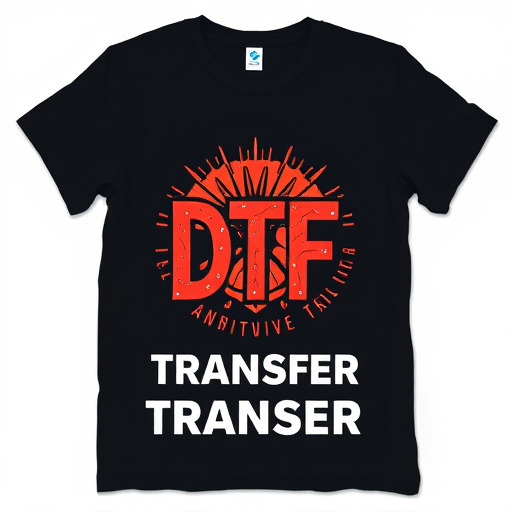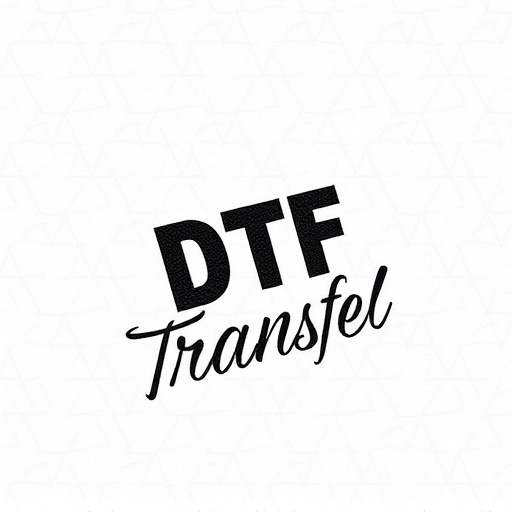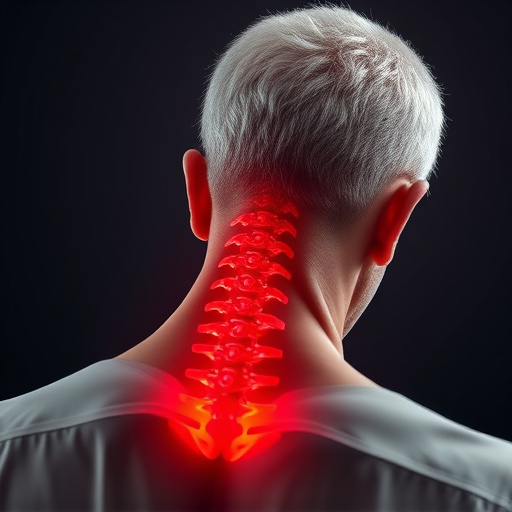Direct-to-Film (DTF) transfers and Heat Transfer Vinyl (HTV) are cutting-edge printing methods. DTF offers precise, high-quality imaging on various surfaces, ideal for fashion, signage, and promotional items. It's versatile, efficient, and suitable for small to large enterprises. HTV, a cost-effective alternative, involves transferring ink from a carrier sheet, perfect for textiles with long-lasting prints. While DTF excels in detail and color accuracy, HTV provides design placement control. DTF transfers significantly enhance printing quality and efficiency, transforming custom apparel, signage, and product branding. Future developments aim to improve durability, color gamuts, and resolution, ensuring DTF's continued revolution in personalized product creation.
In the world of printing and customization, Direct-to-Film (DTF) transfers have emerged as a game-changer, offering a unique approach to applying designs onto various surfaces. This article delves into the intricacies of DTF technology, comparing it with its alternative: heat transfer vinyl. We explore the key differences, advantages, and applications of DTF printing, providing a comprehensive overview for professionals seeking innovative methods in the realm of DTF transfers and beyond. Uncover why DTF prints stand out in today’s market.
- Understanding Direct-to-Film (DTF) Transfers: A Comprehensive Overview
- Heat Transfer Vinyl: The Alternative Approach to DTF Printing
- Key Differences Between DTF and Heat Transfer Vinyl Techniques
- Pros and Cons of Choosing DTF Transfers Over Heat Transfer Vinyl
- Applications Where DTF Prints Shine Brightest
- Exploring the Future of DTF Transfer Technology
Understanding Direct-to-Film (DTF) Transfers: A Comprehensive Overview
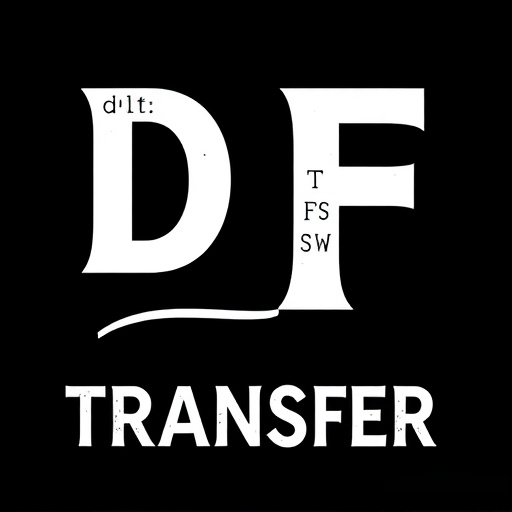
Direct-to-Film (DTF) Transfers represent a cutting-edge advancement in the world of printing and customization. This innovative technology allows for precise and high-quality imaging directly onto various surfaces, including textiles, plastics, and metals. The DTF process involves advanced printing techniques that enable the transfer of intricate designs, photos, and graphics with remarkable clarity and durability.
DTF offers a range of benefits, particularly in terms of versatility and efficiency. With this method, businesses can create custom prints on demand, catering to diverse industries such as fashion, signage, and promotional merchandise. DTF Transfers provide an excellent solution for short-run projects or unique, one-off designs, ensuring that each print is of the highest standard. This technology has revolutionized DTF Printing, making it accessible and efficient for both small businesses and large enterprises alike.
Heat Transfer Vinyl: The Alternative Approach to DTF Printing
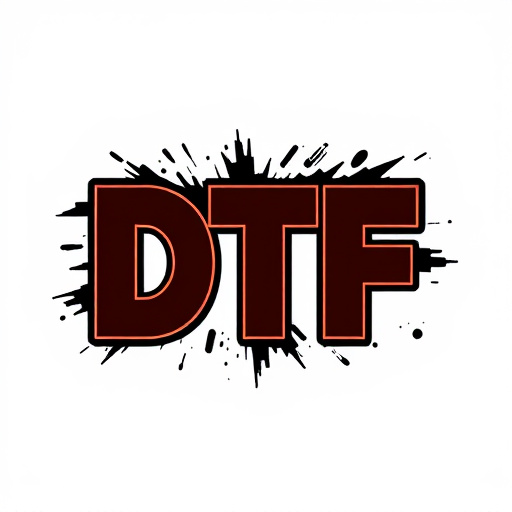
Heat Transfer Vinyl (HTV) offers an alternative approach to Direct-to-Film (DTF) printing, providing a versatile and cost-effective solution for various applications. Unlike DTF transfers that print directly onto the final substrate, HTV involves transferring ink from a carrier sheet to a fabric or other materials through heat and pressure. This process allows for greater control over design placement and enables the use of more durable inks, making it ideal for creating long-lasting prints on a diverse range of items.
HTV is particularly popular in the textile industry, where it’s used for customizing clothing, accessories, and home decor. The ability to apply intricate designs with precise registration makes it a favorite among businesses seeking high-quality, personalized products. Additionally, HTV offers excellent color accuracy and vibrancy, ensuring that DTF prints maintain their aesthetic appeal even after repeated washing or exposure to sunlight.
Key Differences Between DTF and Heat Transfer Vinyl Techniques
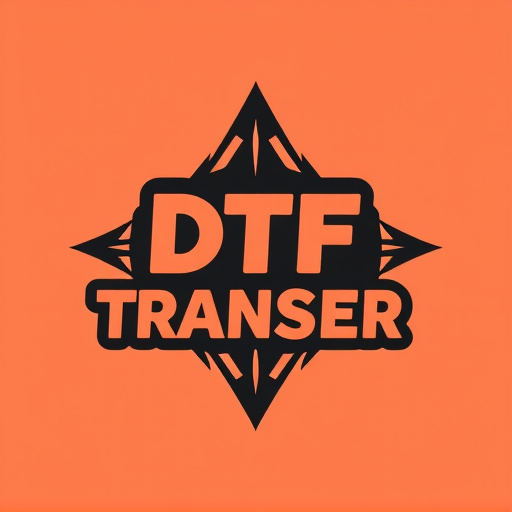
Direct-to-film (DTF) transfers and heat transfer vinyl (HTV) techniques are two distinct methods for applying graphic designs to various materials, each with its own set of advantages and limitations. The primary difference lies in the process and the types of surfaces they are best suited for.
DTF printing involves directly printing onto a clear film, which is then transferred onto the desired substrate using heat and pressure. This method is particularly advantageous for creating high-quality, vibrant DTF prints on a variety of materials like fabric, wood, and acrylic. It offers excellent color accuracy and detail reproduction, making it ideal for both simple and complex designs. Conversely, heat transfer vinyl requires applying a vinyl sheet with the design already printed onto it to the target surface using heat and pressure. HTV is commonly used for printing on textiles, offering durability and a wide range of colors and finishes. However, it may not match DTF’s level of detail and color accuracy, especially for more intricate designs.
Pros and Cons of Choosing DTF Transfers Over Heat Transfer Vinyl
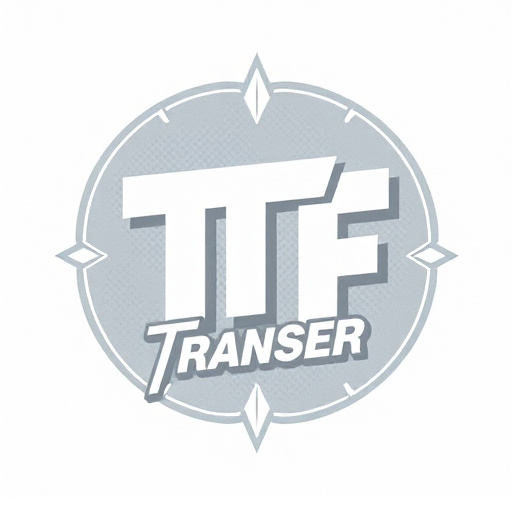
Direct-to-film (DTF) transfers offer several advantages over traditional heat transfer vinyl. One of the key benefits is the printing quality; DTF printers can produce highly detailed and vibrant prints, making them ideal for high-demand, commercial applications. This method also eliminates the need for cutting tables, streamlining the production process and reducing setup time. Additionally, DTF transfers are versatile, suitable for a wide range of materials, including textiles, plastics, and even metal.
However, there are some considerations when choosing DTF over heat transfer vinyl. The initial investment in DTF equipment can be higher, making it less accessible for small-scale or hobbyist users. Furthermore, while DTF prints are durable, they may not have the same long-lasting colorfastness as heat-applied vinyl, especially when exposed to sunlight or frequent washing. Nonetheless, with proper care and curing, DTF transfers can provide excellent results, making them a compelling option for businesses seeking high-quality, efficient printing solutions.
Applications Where DTF Prints Shine Brightest

Direct-to-film (DTF) transfers have found their niche in various applications where their unique properties offer significant advantages. One of the standout areas for DTF printing is custom apparel and clothing customization. With its ability to produce vibrant, high-quality prints directly on fabric, DTF allows businesses and individuals to create one-of-a-kind garments, from personalized t-shirts to limited-edition sneaker designs. The direct application to the fabric ensures a durable finish that withstands regular wear and tear, making it ideal for pop-up stores, events, and small-batch production.
Moreover, DTF printing is revolutionizing signage and display industries. Whether it’s creating eye-catching window graphics, indoor posters, or outdoor billboards, DTF offers fast turnaround times and exceptional color accuracy. Its ability to adhere directly to various surfaces makes it versatile for both temporary and permanent installations, catering to businesses seeking dynamic visual solutions. Additionally, DTF transfers excel in product branding, allowing companies to quickly update packaging designs or add personalized touches to electronic gadgets, further solidifying its position as a go-to option in the printing industry.
Exploring the Future of DTF Transfer Technology
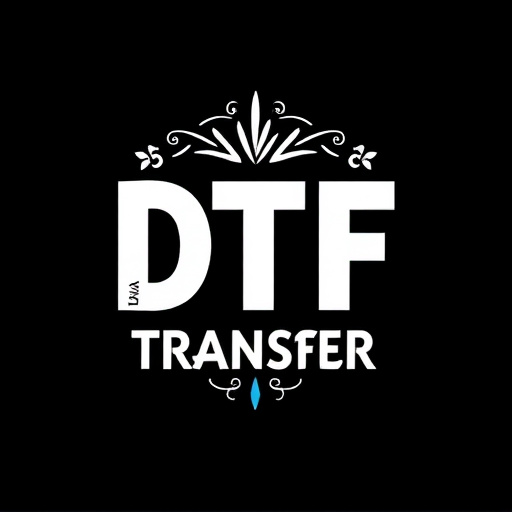
The future of Direct-to-Film (DTF) transfer technology looks promising as innovation continues to drive its evolution. DTF printing has come a long way since its inception, transforming from a niche process to a go-to option for many businesses and hobbyists alike. With advancements in materials science and printing techniques, DTF offers unparalleled versatility and quality. This technology allows for the creation of intricate designs on various surfaces, from clothing and accessories to signage and home decor.
As demand grows, developers are exploring new possibilities, such as enhanced material durability, wider color gamuts, and improved print resolution. The integration of advanced inks and substrates promises to deliver DTF prints with vibrant colors, exceptional detail, and longer-lasting durability. These ongoing developments suggest that DTF transfer technology will continue to revolutionize personalized product creation, making it an exciting field to watch as we move forward.

